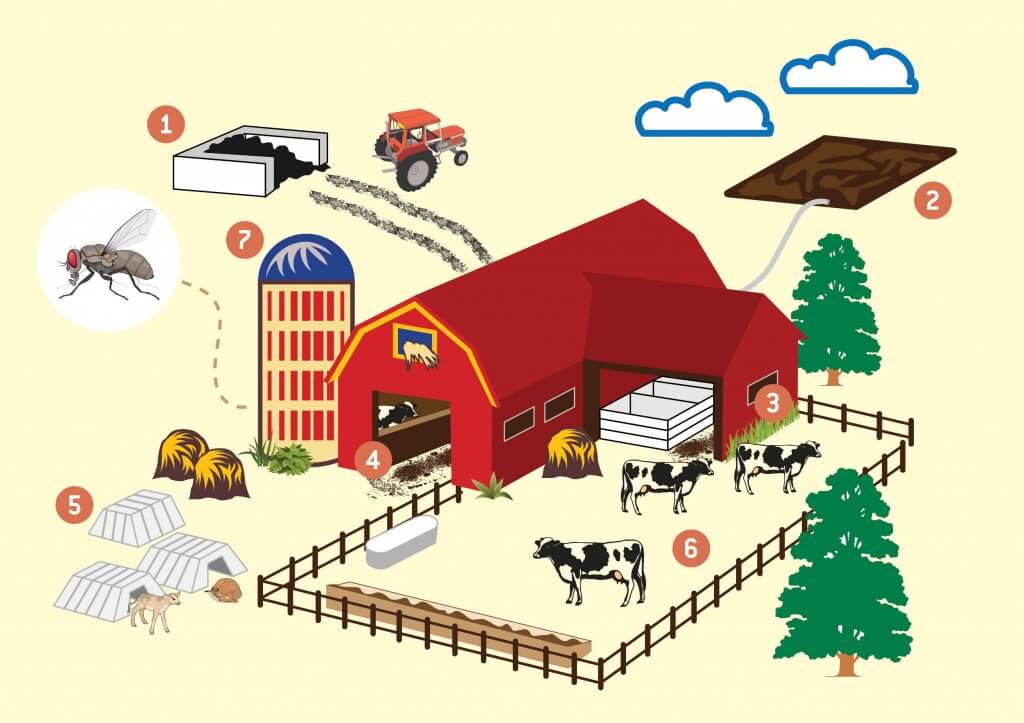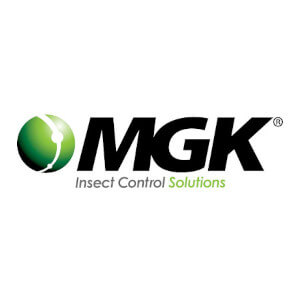Targeting insecticide applications to prime areas of filth fly development is key to regaining control and getting the most out of a product.
Explore the dairy locations listed below to help identify areas of concern on your own farm.

- Sand / Manure Stacking Pad
Whether you’re storing manure for future soil applications or clean sand for use in your stalls, house flies and stable flies find these pads hospitable. Microencapsulated insecticides, such as Onslaught FastCap, can provide long residual control. - Lagoon
Ripe with organic matter, lagoons provide everything house flies and mosquitoes need for development. Treat along the edges of each lagoon with an IGR such as NyGuard IGR to stop development of fly larvae before they reach adulthood. - Cattle Transfer Areas
Though cattle aren’t in alleyways for long, fly problems can still exist and treatment should not be forgotten in these areas. Additionally, spray insecticides on walls with a backpack sprayer where filth flies tend to rest. - Cattle Stalls
Stalls are areas where cattle are most comfortable. Fog over-animal or use a misting system to apply pyrethrin-based products such as ULD BP-100 or Evergreen Pro 60-6 for a quick knockdown. - Calf Hutches
Similar to barns, calf hutches are prime areas for fly activity. Treat around each hutch with a fly bait such as Decimari and use a truck-mounted sprayer to apply a permethrin-based insecticide, such as Sector, over-animal. - Dairy Premises
Premise applications for insect control are commonly forgotten, but they are important to maintaining control of flies in your facility. Treat soil with a microencapsulated insecticide and IGR, such as Tobex, for quick knockdown and residual control of flies. - Silo
Stable flies are notorious for developing in dryer areas of the farm where hay and feed may be stored. Include premise applications to areas around feed silos in your plan for fly control.
Chemical control methods like insecticides are just one part of an effective Integrated Pest Management (IPM) program. Find out how you can get better pest control and increase profitability with IPM.
Featured image (cattle on farm) by David Mark from Pixabay

